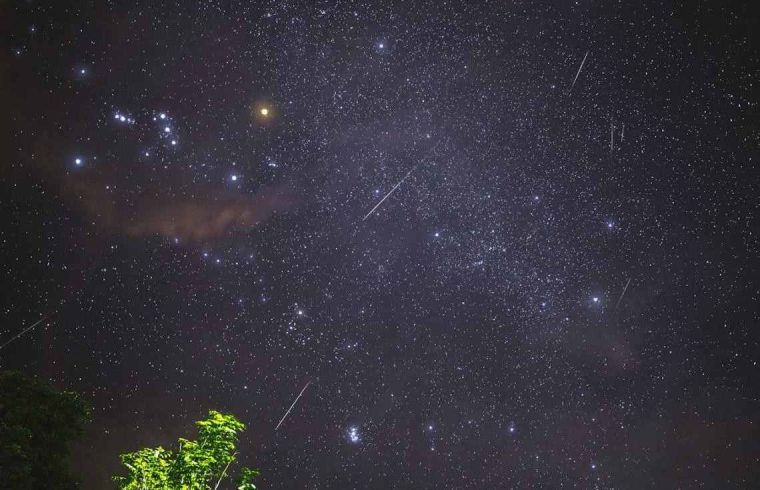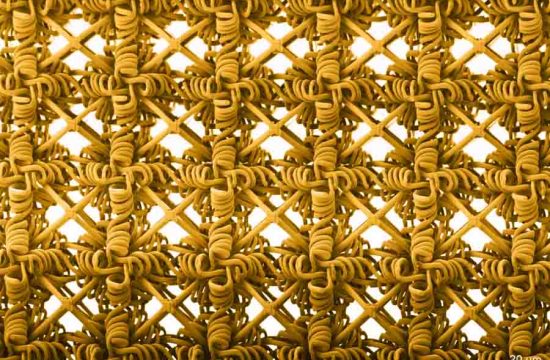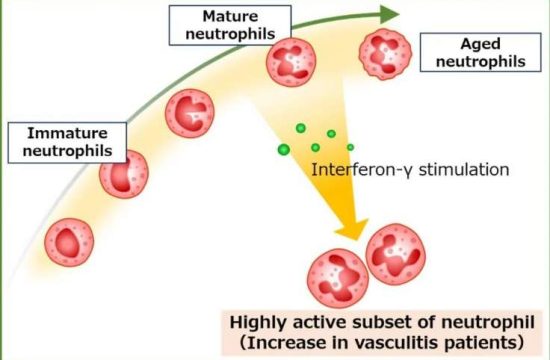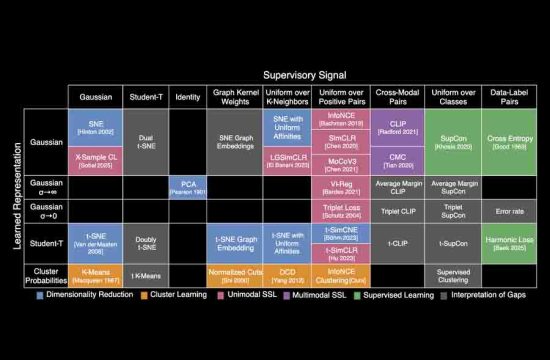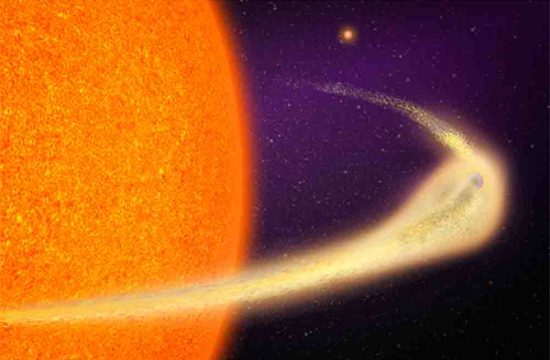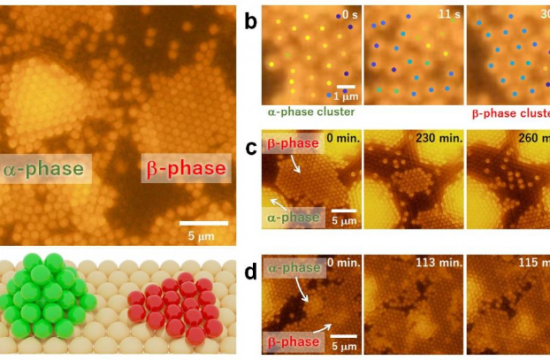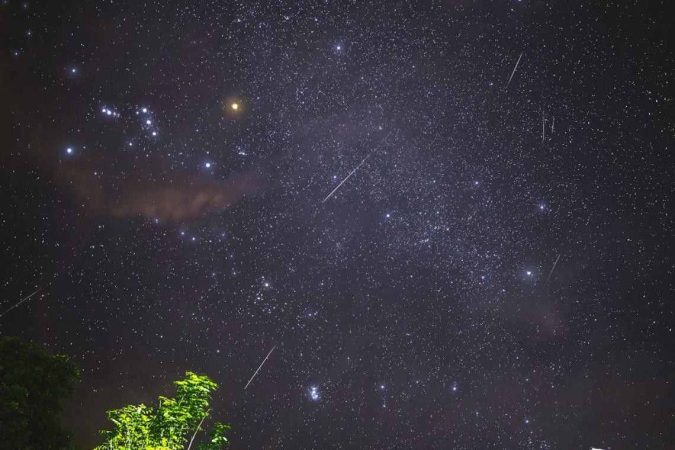
New research from the Ateneo de Manila University could pave the way for more durable versions of silicon carbide (SiC), a semiconductive ceramic material found mostly in space that has applications in everything from computer chips to spaceships.
Naturally-occurring SiC is rare on Earth but abundant in space, particularly in certain kinds of meteorites and as stardust surrounding carbon-rich stars. Its electrical and mechanical properties make it suitable for a wide variety of applications, hence SiC is artificially grown on Earth in large industrial quantities.
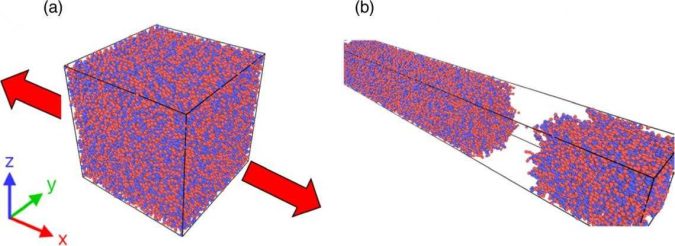
IMAGE: Petilla et al., Japanese Journal of Applied Physics
Made of silicon and carbon, SiC’s semiconductive properties enable it to be used in transistors and microprocessors, whereas its insulative properties make it a prime candidate for use as heat shielding in nuclear reactors and spaceships. However, SiC can be very brittle depending on the proportion of its silicon and carbon content.
Clint Eldrick Petilla, Catherine Joy Dela Cruz, and Christian Lorenz Mahinay of the Ateneo de Manila University Department of Physics investigated how the percentage carbon content in SiC might affect its mechanical properties—specifically its elastic modulus, tensile strength, yield strength, and toughness.
Elastic modulus refers to a material’s stiffness, or how easily it stretches or bends; tensile strength is how much it can be pulled before snapping apart; yield strength is the point at which it gets permanently bent or deformed; and toughness is how much energy it can absorb before breaking.
Increasing the carbon content of SiC improves its mechanical properties, according to computer simulations using Large-scale Atomic/Molecular Massively Parallel Simulator (LAMMPS) software. However, these improvements peak at a carbon percentage of 25%; beyond this, the material actually starts to weaken. Moreover, the researchers recommended that further studies be made using actual SiC test samples.
“This study offered initial insights into the increase of carbon impurities in pure silicon; (we) recommend conducting a separate study on the effects of other parameters such as the effects of mechanical properties at elevated temperatures,” the researchers said.
Their paper, entitled “Mechanical properties of Si(1−x)–C(x): strength and stiffness of materials using LAMMPS molecular dynamics simulation”, was published on August 22, 2024, in the Japanese Journal of Applied Physics.


